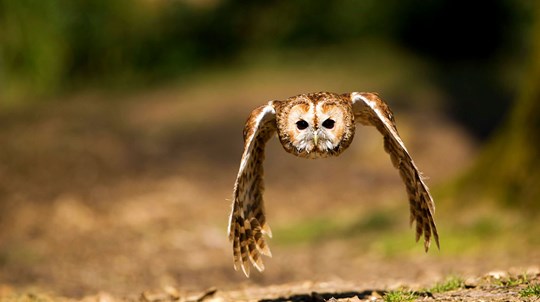
Trees woods and wildlife
Birds
Find out more about our declining woodland bird populations, and how protecting woodland habitats is more important than ever.

Content editor
The buzzard (Buteo buteo) is one of the UK’s comeback birds. Its population has more than quadrupled since 1970, making it our most common bird of prey.
Soaring buzzards are now a regular sight above our woods and countryside. But why are they doing so well? Food may be a factor. Buzzards are generalist predators, meaning they are not picky when it comes to choosing prey. This flexibility has likely played a part in the species’ recovery.
A typical buzzard diet can include:
A huge variety of other species have occurred in buzzard diets, ranging from beetles, frogs and snakes to weasels, rats and hares.
Not being a fussy eater allows buzzards to survive in a wide range of habitats. They are found in most habitat types, including woodland, farmland, moorland and even urban areas. This adaptability has helped the population reach an estimated 67,000 breeding pairs.
Go back less than 100 years and the picture was very different. Widespread persecution from gamekeepers meant buzzards had disappeared from most of the UK. The use of certain pesticides in the mid-20th century also affected the species by reducing its reproductive capacity. Thankfully, legal protection and a drop in persecution and pesticide use has allowed the population to recover.
Two other species called buzzard occur in the UK, but are much rarer. The rough-legged buzzard (Buteo lagopus) looks much like the common buzzard and has a similar diet. A small number of these birds travel from Scandinavia to spend the winter in the UK, usually along the eastern coast.
The honey buzzard (Pernis apivorus) is another migrant visitor. Just 40 of these birds were thought to be present in the UK in the summer of 2017. However, the population is increasing, with the warming climate possibly attracting more of these birds from their African wintering grounds.
Wasps, bees and hornets are the favoured prey of the honey buzzard. It uses its talons to dig the insects and their larvae out of their nests – a habitat that earned the species its name. Its head is covered with scale-like feathers that protect against the stings of its prey. Honey buzzards will also take a wider range of invertebrates and small animals if bees and wasps are scarce.
Go for a walk in the countryside and there is a good chance you’ll see a buzzard. You’re most likely to spot the birds soaring high in the sky. With a wingspan of around four feet, they are easy to spot. Keep your eyes peeled in woodland too. Buzzards often nest within woods, building large structures out of twigs and branches high in the trees.
Rough-legged and honey buzzards are much harder to spot due to their rarity. The former are most likely to be seen on the east coast, but as few as 10 birds may visit the UK each winter. Honey buzzards can be found at a limited number of sites in southern, eastern and northern England, northern Scotland and central Wales.

Trees woods and wildlife
Find out more about our declining woodland bird populations, and how protecting woodland habitats is more important than ever.
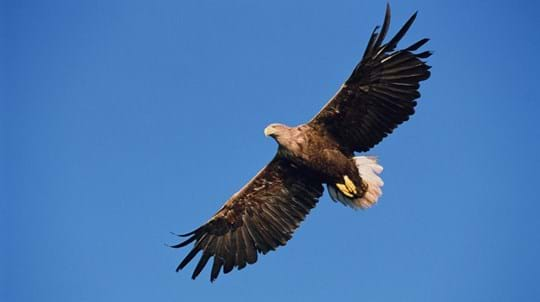
Blog
Amy Lewis • 10 Sep 2021
Blog
Charlotte Varela • 10 Apr 2019
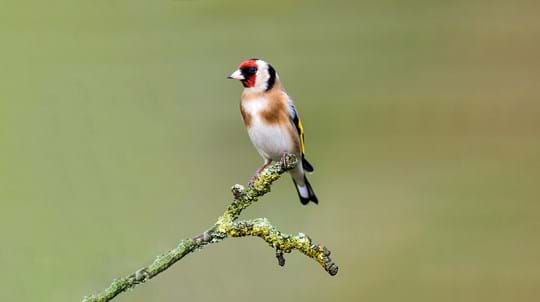
Blog
Amy Lewis • 28 Feb 2019
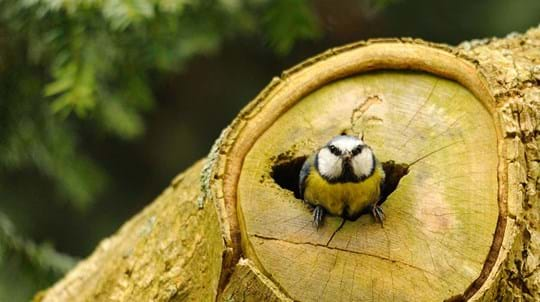
Blog
Amy Lewis • 12 Feb 2019
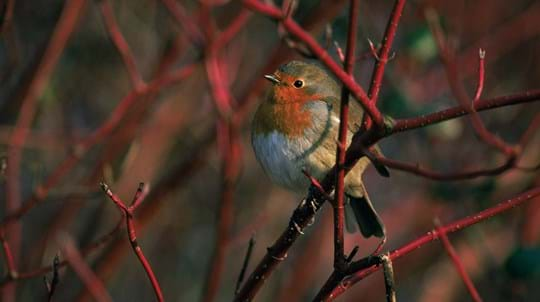
Blog
Charlotte Varela • 10 May 2019
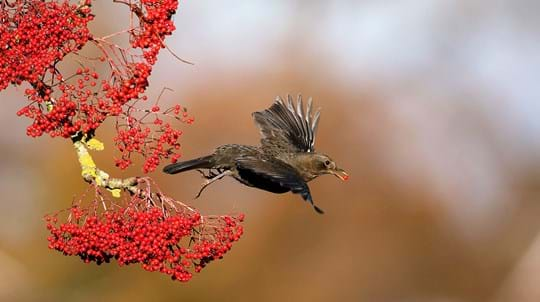
Blog
James Martin • 28 Jun 2019
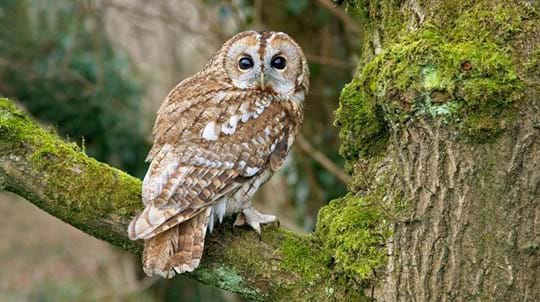
Blog
Charlotte Varela • 21 Dec 2023